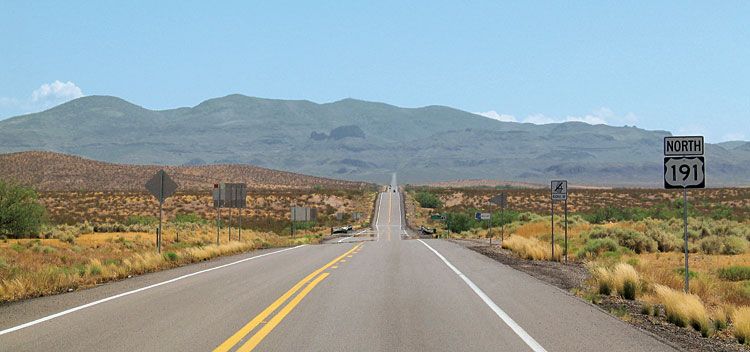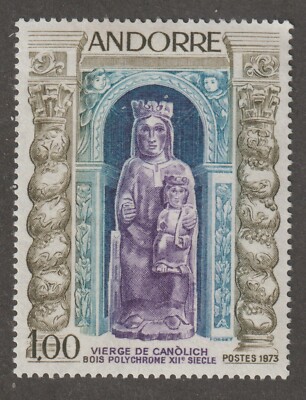
Introduction
Mexico is a nation known for its rich cultural heritage, diverse landscapes, and robust economy. As the second-largest economy in Latin America, it plays a crucial role in trade and tourism globally. Understanding Mexico’s current status is significant not only for those interested in travel but also for businesses and investors looking into Latin American markets.
Current Economic Landscape
According to the World Bank, Mexico’s economy is on a recovery path following the impacts of the COVID-19 pandemic. The nation experienced a 5% growth in GDP in 2022, with projections suggesting continued growth of approximately 3% in 2023. The manufacturing and export sectors, particularly in technology and automotive, are thriving, which is a positive sign for international investors.
Additionally, the United States-Mexico-Canada Agreement (USMCA) has bolstered trade relations, making Mexico an attractive hub for production and logistics. The recent surge in collaboration with tech companies has also positioned Mexico as a growing player in the global tech industry.
Tourism: A Reviving Industry
Tourism is a vital part of Mexico’s economy, with stunning destinations like Cancun, Mexico City, and Oaxaca drawing millions of visitors each year. According to the Mexican Secretary of Tourism, in 2022, the country welcomed over 40 million international tourists, a strong rebound from pandemic lows. The sector is expected to grow further, facilitating job creation and infrastructure development.
Moreover, to support this surge, the Mexican government has implemented various initiatives aimed at improving safety and promoting lesser-known regions rich in culture and natural beauty. This approach aims not only to attract tourists to popular destinations but also to distribute economic benefits more evenly across the country.
Cultural Richness
Mexico’s cultural landscape is a captivating blend of pre-Hispanic and colonial heritage, reflected in its language, art, and customs. Festivals such as the Day of the Dead and Cinco de Mayo showcase Mexico’s rich traditions and attract cultural enthusiasts worldwide. This cultural significance adds to its appeal as a travel destination and a place for international business, where cultural understanding can enhance relations.
Conclusion
Mexico stands at a pivotal point where its rich cultural identity is harmoniously matched with a growing economy and tourism sector. As travel resumes and businesses invest, Mexico’s potential continues to expand. For travelers, investors, and global partners, the importance of Mexico cannot be understated; it serves as a gateway between cultures and economies, offering opportunities that are ripe for exploration.


